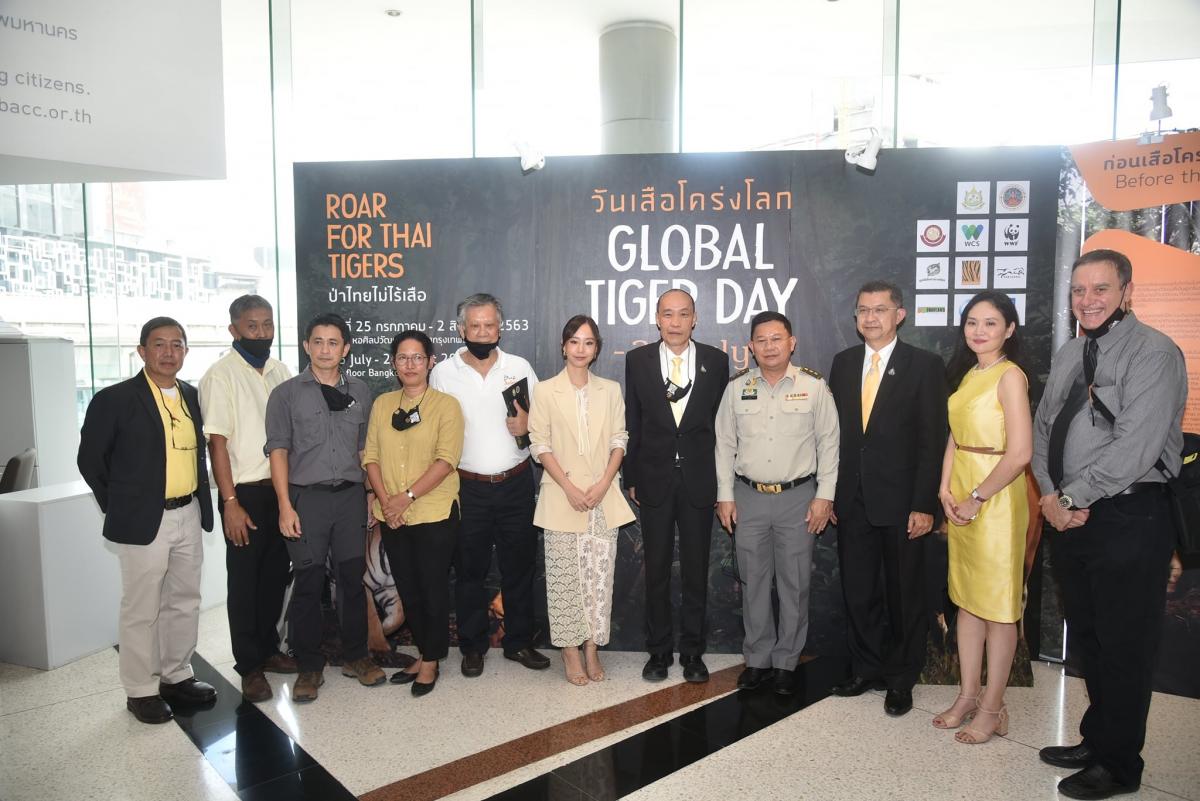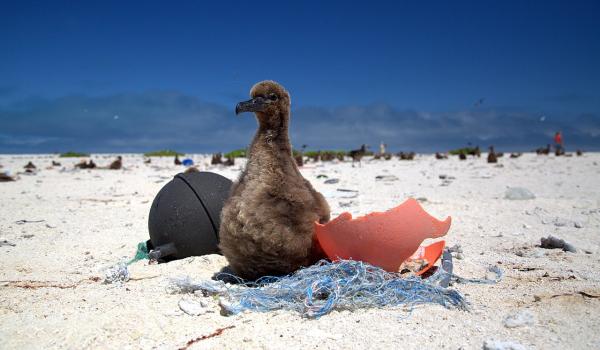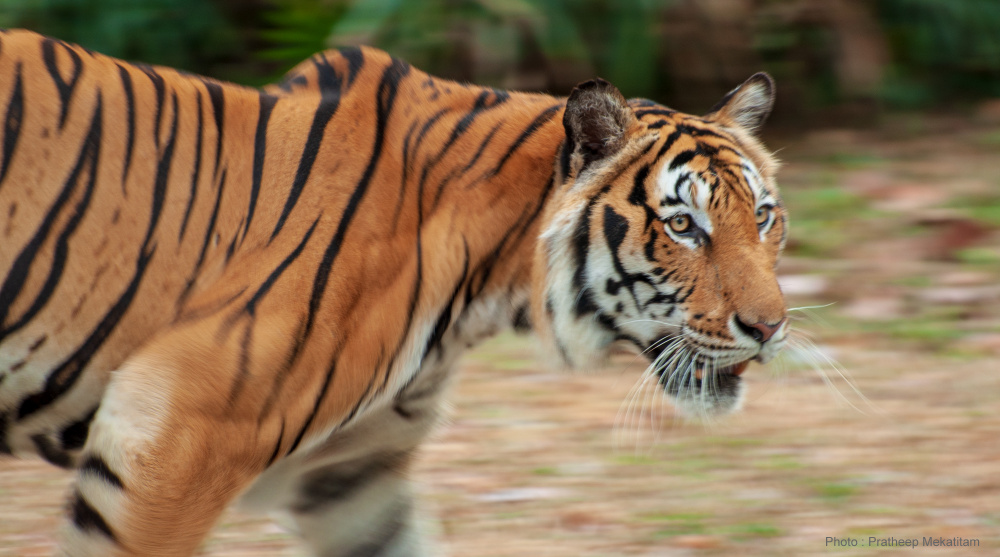IUCN joins #RoarforThaiTigers - Global Tiger Day 2020, underscores need for transboundary tiger conservation
IUCN, Department of National Parks, Wildlife and Plant Conservation (DNP), Faculty of Forestry - Kasetsart University, Wildlife Conservation Society (WCS), World Wide Fund for Nature (WWF), Zoological Society of London (ZSL), Panthera-Thailand, Seub Nakhasathien Foundation, Freeland Foundation, Tigers Project and UNDP jointly organised the #RoarForThaiTigers: Global Tiger Day 2020 on 29 July 2020, at the Bangkok Art and Culture Centre.

Photo: ©IUCN
Ambassador to Switzerland Helene Budliger Artieda opened the celebration. She spoke about CITES, the Convention on International Trade in Endangered Species of Wild Fauna and Flora. Demand for tiger bone, skin, and other body parts leads to poaching and trafficking and is the largest threat to tigers in the world.
Today, there are major threats to tiger populations include land encroachment, habitat loss, wildlife poaching, and trafficking. Globally, there are only about 3900 tigers of six different subspecies left in the wild.
“At present, Thailand becomes a critical habitat for tigers and having the capacity to take a lead on tiger conservation in the Indochina region. Thailand encourages cooperation among neighboring countries in Southeast Asia to support tiger conservation,” said Mr. Pongboon Pongthong, Deputy Permanent Secretary, Ministry of Natural Resources and Environment.
Thailand’s Ministry of Natural Resources and Environment (MONRE) prioritises tiger conservation in the country by having comprehensive actions such as 1) conserving intact forests and tiger’s habitats, 2) supporting people engagement in sustainable forest management, 3) combating illegal wildlife trade, and 4) encouraging collaboration among all stakeholders.
“The Department of National Parks has supported the Ministry of Natural Resources and Environment to coordinate with the Government of Myanmar for working towards transboundary management of tiger habitats between the two countries. At the present, Myanmar government is preparing the nomination of Tanintharyi Nature Reserve for ASEAN Heritage site and later for World Heritage site, which will strengthen the transboundary collaboration of tiger habitats by both countries,” said Mr. Prakit Vongsrivattanakul, the Deputy-Director General of the Department of National Parks, Wildlife and Plant Conservation.
In 2010, Thailand committed to double the tiger population by 2022. He shared that in Thungyai-Huai Kha Kaeng Wildlife Sanctuaries, a Natural World Heritage site where the tiger population has increased by 50% from 46 in 2008 to 79 in 2020.
The Tiger Talks session drilled down into the detail of tiger conservation, habitat management and community engagement in Thailand. Protecting tigers requires a strong protection system for natural parks. One of the effective tools is the SMART Patrol System which equips park rangers with information and technology to improve protect area management, boost their morale, and instill a sense of pride in their duty.
Dr. Pornkamon Chonburom, wildlife researcher from the Wildlife Conservation Society (WCS) mentioned during the session, “Tiger conservation will include preservation of large areas of forest for their habitats. In Southeast Asia, Thailand is the most important habitat of tigers. In addition, there is a need for tiger prey population conservation and rehabilitation. These important preys include Sambar deer, Boars, Gaur, and Banteng. It was reported that the tiger from Huai Kha Khaeng Wildlife Sanctuary was dispersed across Myanmar, unfortunately, it was killed there. Therefore, promoting transboundary collaboration, improving understanding and engagement of local communities in tiger conservation is essential.
In a statement, Aban Marker Kabraji, IUCN Asia Regional Director said, “Tigers know no boundaries. Thus, it is important to open the corridors for transboundary collaboration among Asian countries to conserve this magnificent species.” With Thailand leading, IUCN has been implementing a transboundary tiger conservation programme with Myanmar focused on capacity building and knowledge sharing.
#RoarForThaiTigers brought together tiger conservation supporters to acknowledge success, celebrate these magnificent creatures, and recognize the importance of continuing cooperation. The emergence of COVID-19 as a recent zoonotic disease is a reminder of the interconnectivity between human activities, public health insecurity, and the need for continuous focus on habitat and species protection.



